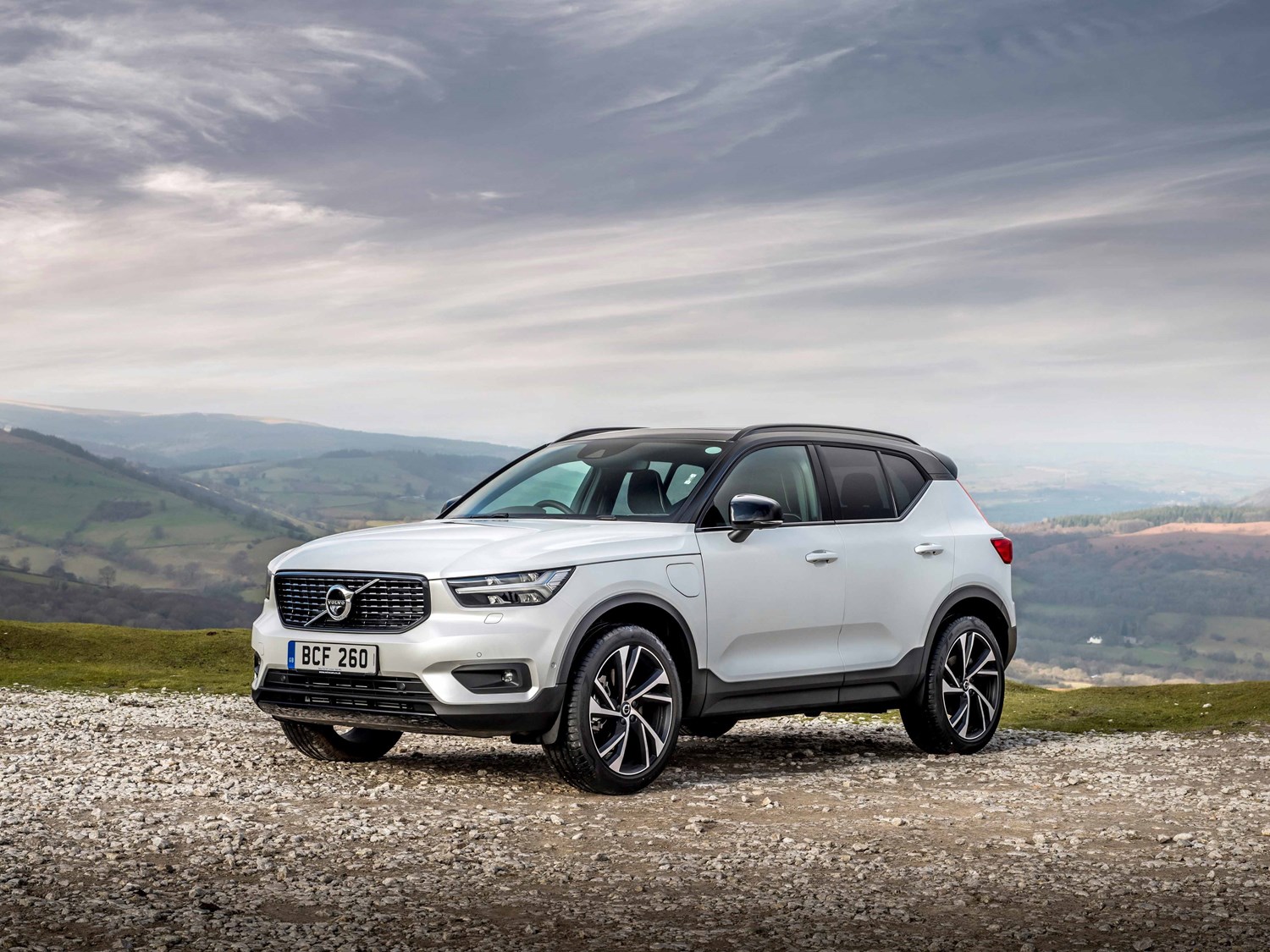Latest model
Volvo is yet to give the XC40 a major mid-life update, but a range of changes have been made since its introduction – predominantly affecting the engine choice. First up came the addition of three-cylinder petrol units – known as the T2 and T3 – which helped to lower the price, while more recently there’s been a greater choice of electrified options.
Much of the range now features some kind of electrification, with many of the regular petrol and diesel options being mild-hybrids. There are a pair of plug-in hybrids for those wanting that combination of petrol and electric, while two EVs are now available – the flagship P8 model version putting out a huge 400bhp. Electric XC40s also now use a new Android-based infotainment system.
Value for money
Volvo offers a broad range of engine and trim options on its XC40, ranging from sub-£30,000 entry-level petrols through to powerful electric models that cost almost double the price. The petrol options are certainly those that look the best value, and with the ‘T2’ model available from £26,485, you do get plenty of car for your money, though some may find this 1.5-litre petrol engine a bit underpowered. The trouble is, all the other engines command quite a premium – the B3, for example, starts from £34,000.
Used XC40 prices are holding up very well, though. At the time of writing this Volvo had been on sale for four years, yet prices still hadn’t dipped below £20,000, with low-mileage, high-spec examples still comfortably commanding upwards of £25,000. Nearly-new models are unlikely to bring you any savings over the list price.
Looks and image
Volvo has really stepped up its game in recent years, and its cars are now some of the best-looking on the road. We’d argue the XC40 is the most stylish car in its class, with its sharp LED lighting, sleek lines and chunky plastic cladding really making it look the part. There’s a broad range of trims to choose from, too, with some favouring sporty looks while others prioritise more luxurious elements.
It’s a similar story inside the XC40’s cabin, with all versions featuring a smart iPad-like portrait touchscreen and digital instrument cluster, which helps to give this Volvo a modern feel. There are very few actual buttons, which adds to the sleek, minimalist design but can make operating functions like the climate control tricky when driving. The quality throughout the XC40’s interior is excellent too.
Behind the wheel, the XC40 is a model that prioritises comfort over sportiness, and it’s one that appeals to many. This isn’t a car you drive at ten-tenths, but rather enjoy pottering around in it, enjoying the compliant ride, hushed driving noise and very comfortable seats. It’s also excellent at a high-speed cruise, and among the best in its class if you regularly do longer trips.





